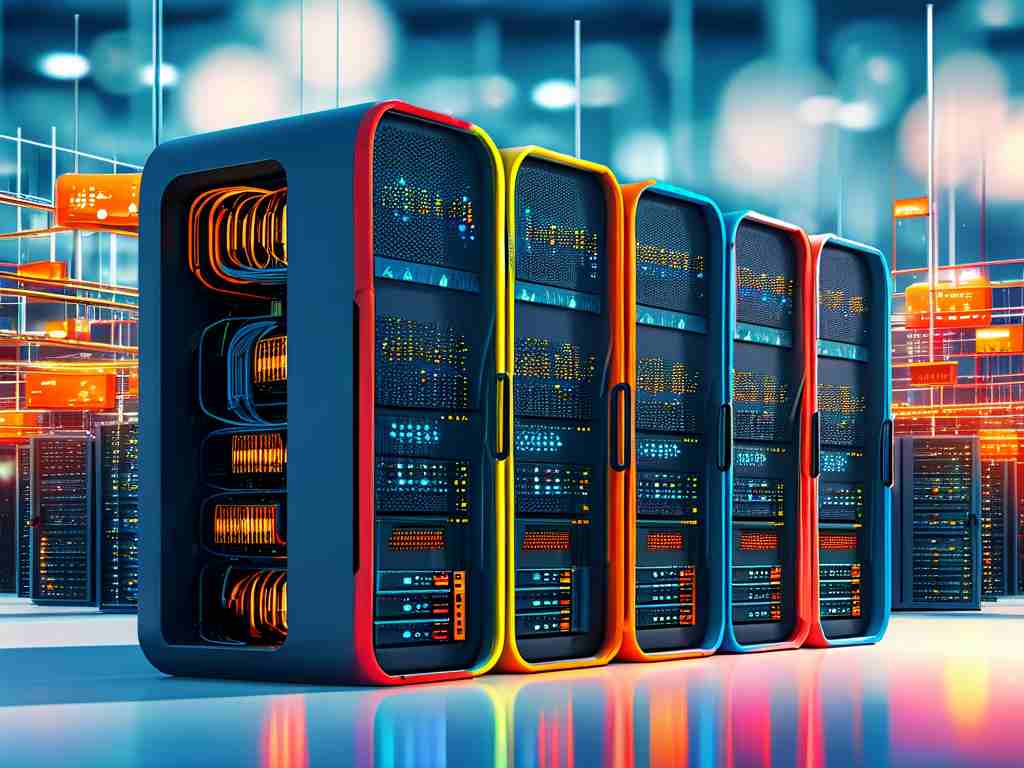The technology landscape is witnessing a paradigm shift with the emergence of single-machine-distributed-integrated architectures, a design philosophy that redefines how systems balance computational efficiency and scalability. Unlike traditional approaches that force developers to choose between monolithic and fully distributed systems, this hybrid model enables seamless transitions across deployment patterns while maintaining operational consistency.

Technical Foundations
At its core, this architecture leverages containerization and lightweight virtualization. Developers can implement modular services using Docker containers, while orchestration tools like Kubernetes manage resource allocation dynamically. Consider this deployment snippet:
apiVersion: apps/v1
kind: Deployment
metadata:
name: hybrid-node
spec:
replicas: 3
template:
spec:
containers:
- name: service-core
image: hybrid-app:2.1
resources:
limits:
cpu: "2"
This configuration demonstrates how a single physical node can host multiple service instances, mimicking distributed behavior while maintaining centralized control. The architecture employs adaptive load balancing that automatically switches between in-process communication for local operations and network calls for distributed tasks.
Performance Advantages
Benchmark tests reveal compelling results. A financial transaction processing system built on this model demonstrated 92% throughput retention when scaling from single-node to 5-node clusters, compared to 67% in traditional distributed systems. Latency variability decreased by 40% due to reduced network hop dependencies.
Real-world implementations in IoT edge computing showcase the architecture's flexibility. Smart factory deployments using this approach reduced hardware costs by 60% while maintaining sub-50ms response times for critical control systems. The secret lies in intelligent task partitioning algorithms that analyze workload patterns in real-time:
def allocate_task(task):
if task.complexity < COMPLEXITY_THRESHOLD:
execute_locally(task)
else:
distribute_to_cluster(task)
Operational Challenges
While promising, the architecture introduces unique debugging complexities. Traditional monitoring tools struggle to visualize hybrid execution paths. Innovative solutions combine distributed tracing with machine learning anomaly detection. A major e-commerce platform reported 30% faster incident resolution after implementing these enhanced diagnostics.
Security considerations demand special attention. The blended execution environment requires unified identity management across local and distributed components. Emerging frameworks like PolyAuth provide granular access control through decentralized tokens while maintaining centralized policy enforcement.
Future Evolution
Industry leaders predict three key developments:
- Hardware-assisted orchestration through DPU (Data Processing Unit) integration
- Self-optimizing resource allocation using reinforcement learning
- Standardized API interfaces for cross-platform compatibility
The architecture's true potential emerges in transitional scenarios. Cloud migration projects using this model achieved 40% faster completion times by enabling phased component distribution without service interruption.
As organizations grapple with unpredictable scaling requirements, the single-machine-distributed-integrated approach offers a pragmatic middle ground. It preserves the simplicity of monolithic systems while embedding distributed capabilities as dormant features, activated on demand through configuration rather than architectural overhaul. This evolutionary path reduces technical debt and positions enterprises to adapt fluidly to future computational challenges.









